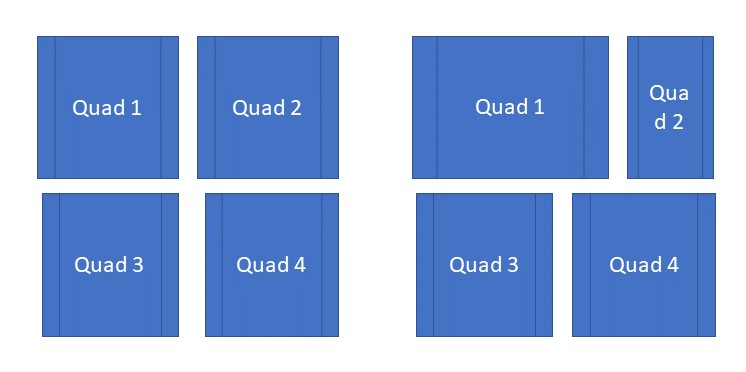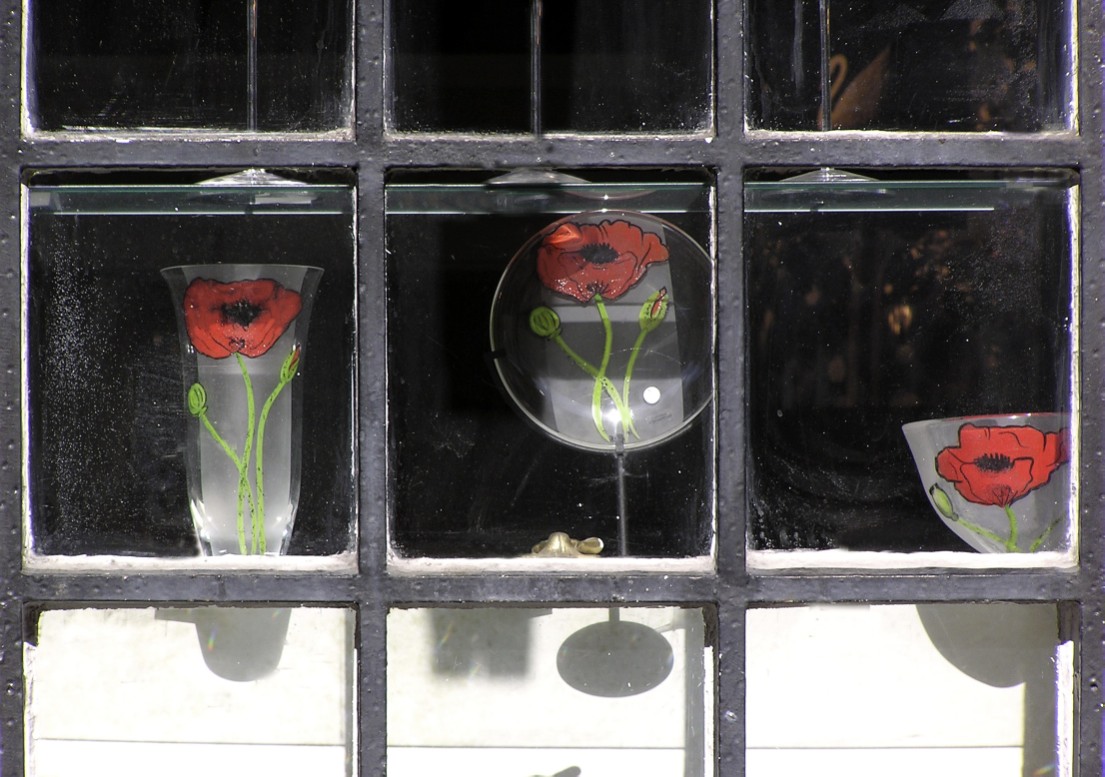
Similarly, the disjointed model could allow for a diminishing opaque self (Quad Two) and expanded public self (Quad One), without any impact on either the hidden self (Quad Three) or unknown self (Quad Four):
Sheila’s Window [In interaction with Kevin]
BEFORE AFTER
Quad Four could also expand or contract at the expense of Quad Two or Quad Three, without impacting on Quad One or either Quad Two or Quad Three
This disjointed model holds the advantage of being more “conservative” than Joe Luft’s “bold” model that requires tight interdependence among all four quadrants. It is a less dynamic model, however, and offers fewer intriguing insights than Luft’s model.
We are left with the almost tautological statement that we tend to become more open (large Quad One) when we disclose (smaller Quad Three) or receive feedback about ourselves (smaller Quad Two). There is one way, however, in which the disjointed model “comes alive” and is more than just a game of semantics. It’s dynamic if we assume that there is increasing tension in a relationship to the extent that the window panes are not aligned. Thus, relationship “A” is less aligned than relationship “B.”









